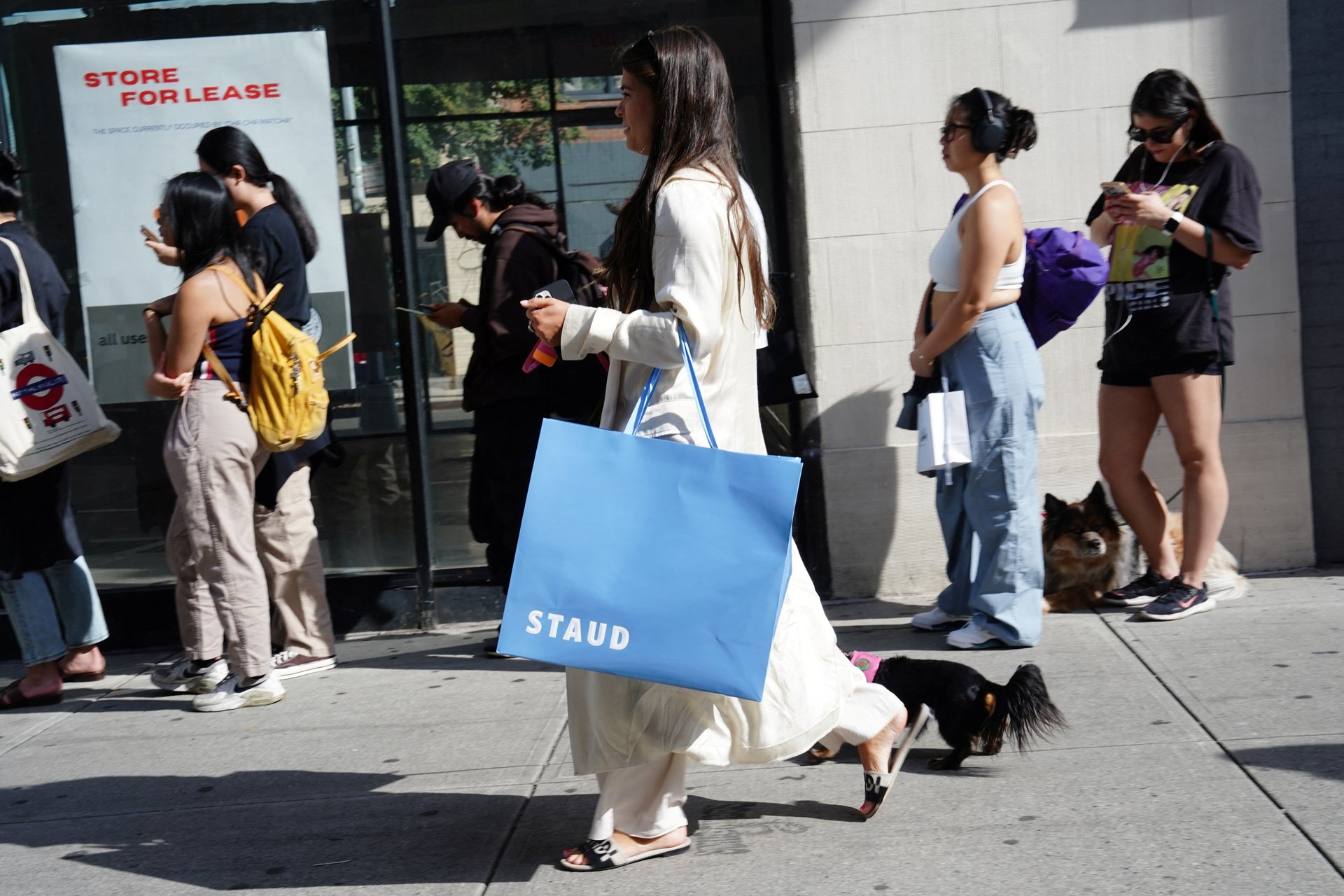The Fed is done hiking interest rates. Now come the bets on when it'll start cutting
The US economy looks pretty great if you don't consider anyone's feelings

US inflation held steady from September last month, signaling that the Federal Reserve’s interest rate hiking campaign is finally over.
Suggested Reading
The consumer price index (CPI), which measures prices of common goods and services, rose 0.4% in October, according to a Bureau of Labor Statistics (BLS) report published today (Nov. 14). Over the past 12 months, the CPI climbed 3.2% before seasonal adjustment.
Related Content
Lower gas prices helped drive down inflation but were offset by rising rents, the BLS said.
“It now looks safe to plan your holiday parties on December FOMC week,” Michael Feroli, chief US economist for J.P. Morgan, said in a note, referring to the Fed’s quarterly policy meeting. Feroli added that with the personal consumption expenditures index (PCE) tracking lower for the final quarter of the year and unemployment ticking a tenth of a percent higher, the Federal Reserve would be hard-pressed to justify any more rate increases.
Wall Street analysts nearly all agree that the hikes are over based on today’s report, with analysts from Wells Fargo and Bank of America arguing the Fed is truly done, keeping in mind that inflation is still way off the 2% target.
The stock market is certainly celebrating, with the Dow Jones Industrial Average soaring 500 points in the wake of the news.
When will the rates cut start?
Morningstar analysts predict that interest rates will start coming down at the first Fed meeting of 2024 next March, with the benchmark rate falling to 2% by 2025.
However, mortgage rates might not ease until second half of next year.
The Federal National Mortgage Association (Fannie Mae) isn’t expecting 30-year mortgage rates to dip below 7% until the third quarter of 2024. Its October housing forecast also predicts that mortgage rates will stay higher for longer, averaging 6.8% in 2023 and 6.9% in 2024.
“We expect the higher mortgage rate environment to continue to dampen housing activity and further complicate housing affordability into 2024,” Doug Duncan, Fannie Mae’s chief economist, said in a statement.
While wannabe homeowners might have to consider delaying their plans or buy now and refinance later, the economic picture looks bright.
Goldman Sachs has one of the rosiest views, predicting the global economy will expand 2.6% next year. Its forecast sees the US growing 2.1% by the end of next year, the euro zone expanding 0.9%, China up 4.8%, and India up 6.3%. That’s assuming inflation cools and job growth remains robust.
“We don’t think the last mile of disinflation will be particularly hard,” Goldman’s chief economist, Jan Hatzius, said in the bank’s 2024 outlook.
The “most novel reason” to be optimistic about GDP growth is that central banks don’t need a recession to bring inflation down and will try hard to avoid one, Hatzius added. That means the Fed can use rate cuts as a tool to boost the economy if it slows.
But what about consumers’ feelings?
Forget economic numbers. The elephant in the room is how we feel, because that ultimately drives how we spend.
While analysts are trying hard to convince us that everything is great, US consumers—including billionaires—feel more negative than they did pre-pandemic, even though people feel good about the prospect of not losing their jobs.
Rent stubbornly rose 0.5% in October, climbing at the same pace for the third straight month. Although rent is up 7.2% over the past year, that’s lower than the high of 8.8% in April. Still, both individual and business tenants are feeling the pinch.
In an October survey, the National Federation of Independent Business (NFIB) found that while small US businesses are recovering, they aren’t very optimistic about the rest of 2023.
“Small business owners are not growing their inventories as labor and energy costs are not falling, making it a gloomy outlook for the remainder of the year,” said NFIB chief economist Bill Dunkelberg in the report.
The gloom and doom may catch up to the economic data, but until then, perhaps all US consumers need is some Taylor Swift to make them feel good about spending again.